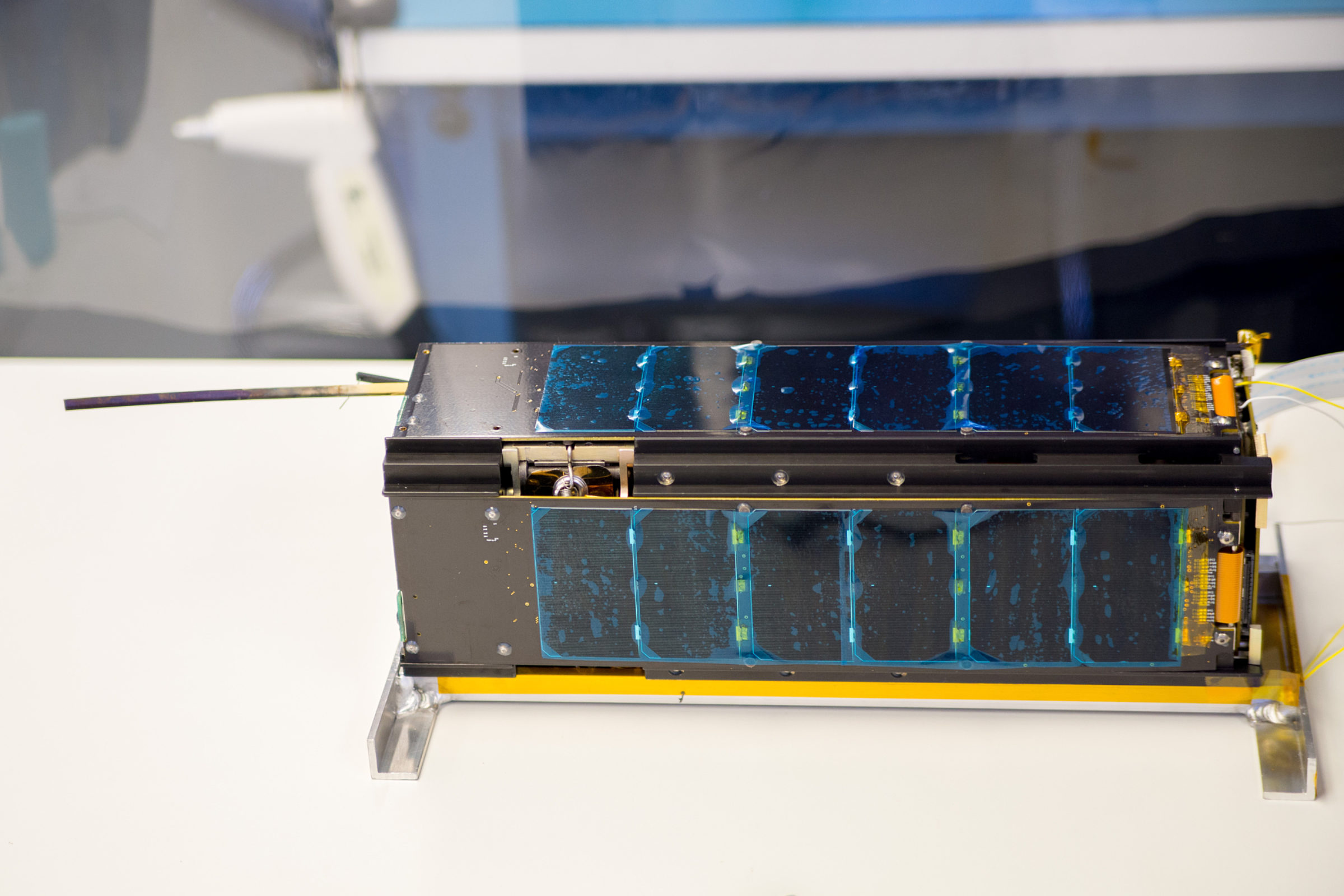Jason Davis • Aug 12, 2014
LightSail Prepares for Its Day-in-the-Life Test
When we last checked in on LightSail-A, The Planetary Society's solar sailing spacecraft scheduled for a possible 2015 test flight, we learned the spacecraft had a blown radio amplifier. The problem threatened to interfere with looming deadlines that must be met before the CubeSat goes into storage prior to launch. The plan for resolving the radio looked like this: order a new radio, remove the broken one, figure out the reason it blew, test the new radio system, and then install it in the spacecraft.
The news coming out of Monday's LightSail conference call was good. All of the above has been completed, with the exception of installing the new radio back into the spacecraft. Riki Munakata and his team at Ecliptic Enterprises Corporation are doing that this week, and expect to have the job finished around Thursday. LightSail-A will then be transported to Cal Poly San Luis Obispo in preparation for one of its biggest remaining hurdles: the day-in-the-life (DITL) test, which is scheduled for Wednesday, Aug. 20.

I'll be in San Luis Obispo next week for the DITL test. LightSail-A will perform a full sail deployment and communicate with its ground station at Cal Poly. It will be the first time the sails have deployed in two years. During my last update, I reported that an engineering sail stored for a similar duration is now sticking to itself. Although the flight spacecraft are kept in tightly controlled environmental conditions, the team had hoped to deploy and examine LightSail's sails prior to the DITL test. Because of the new radio problem, there is no schedule margin left for an additional sail test—the team will discover the sails' fate next week with the rest of us attending the DITL test.
So, the radio is now working properly, but what was the root cause? Previously, I mentioned the most common way to blow the spacecraft's radio amplifier is transmitting at full power while the antenna is stowed, or while the antenna isn't connected at all. There were initial concerns that LightSail's upgraded software might be inadvertently commanding the radio to transmit amplified beacon packets with the antenna stowed. Beacon packets are the spacecraft's automated communications chirps that relay basic telemetry and health data to the ground.
The LightSail team no longer believes this is the case. Here's part of their analysis, quoted from a weekly call agenda:
By integration, they're referring to the process of connecting the radio to its antenna and installing it in the spacecraft. As I understand it, the radio is capable of transmitting amplified beacon packets as soon as it is turned on, without any instructions from the spacecraft. That means that in the process of connecting the radio to its antenna and powering it up—prior to installing the radio in the spacecraft—the radio can inadvertently blow its own amplifier, unbeknownst to the engineers. Tyvak Nano-Satellite Systems, the manufacturer of the radio, has acknowledged this is a dicey procedure, and plans to make changes to its future radio boards to prevent this from happening.
With this knowledge in hand, the team working at Ecliptic was able to take extra precautions as they assembled and tested the new radio system. Everything is currently working—with the last step being to mount the radio system into LightSail-A.
I'll be sending out periodic updates from Cal Poly next week as LightSail heads into its DITL test. You can follow me on Twitter to see how things are going.
Support our core enterprises
Your support powers our mission to explore worlds, find life, and defend Earth. You make all the difference when you make a gift. Give today!
Donate

 Explore Worlds
Explore Worlds Find Life
Find Life Defend Earth
Defend Earth

